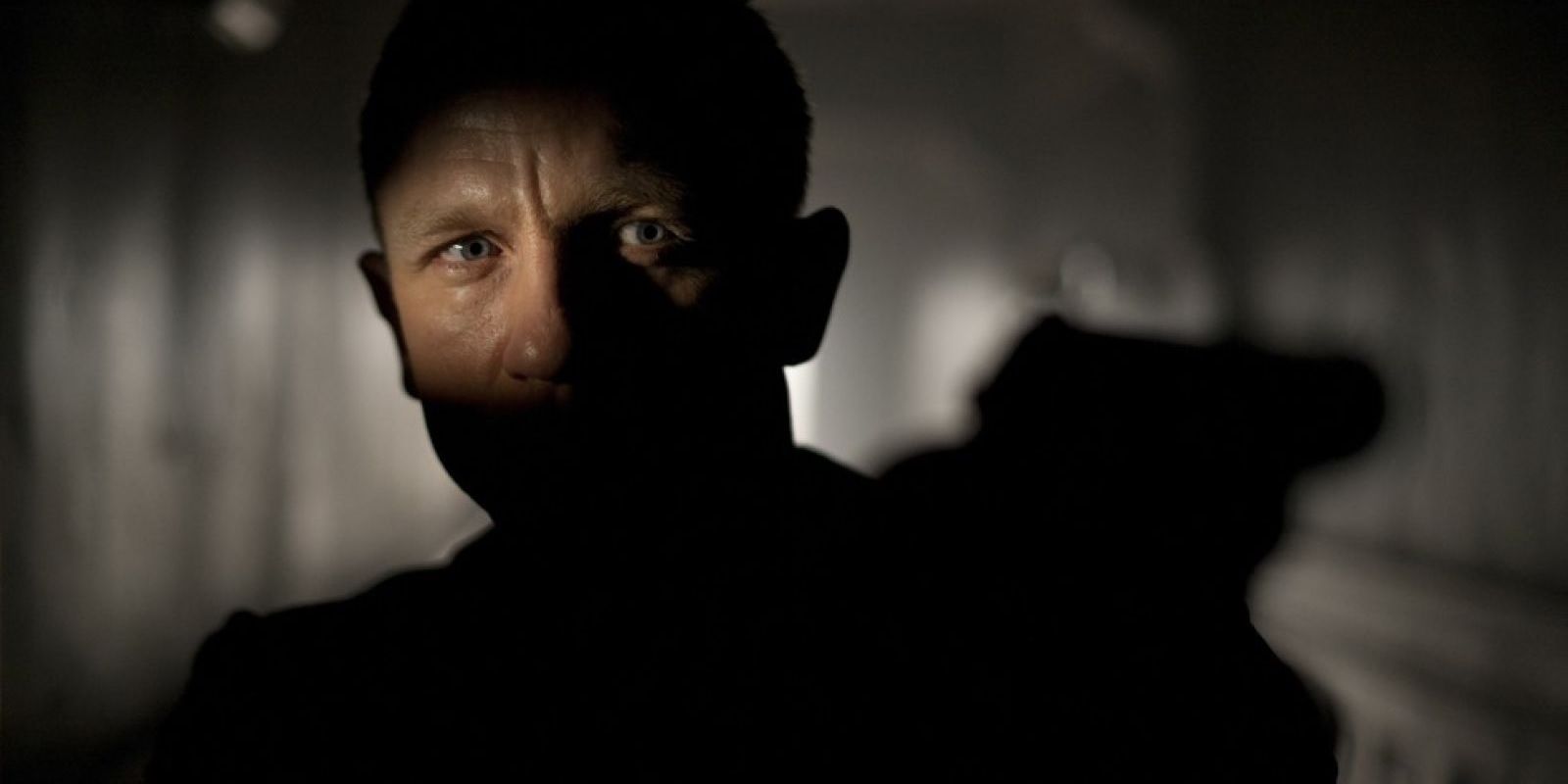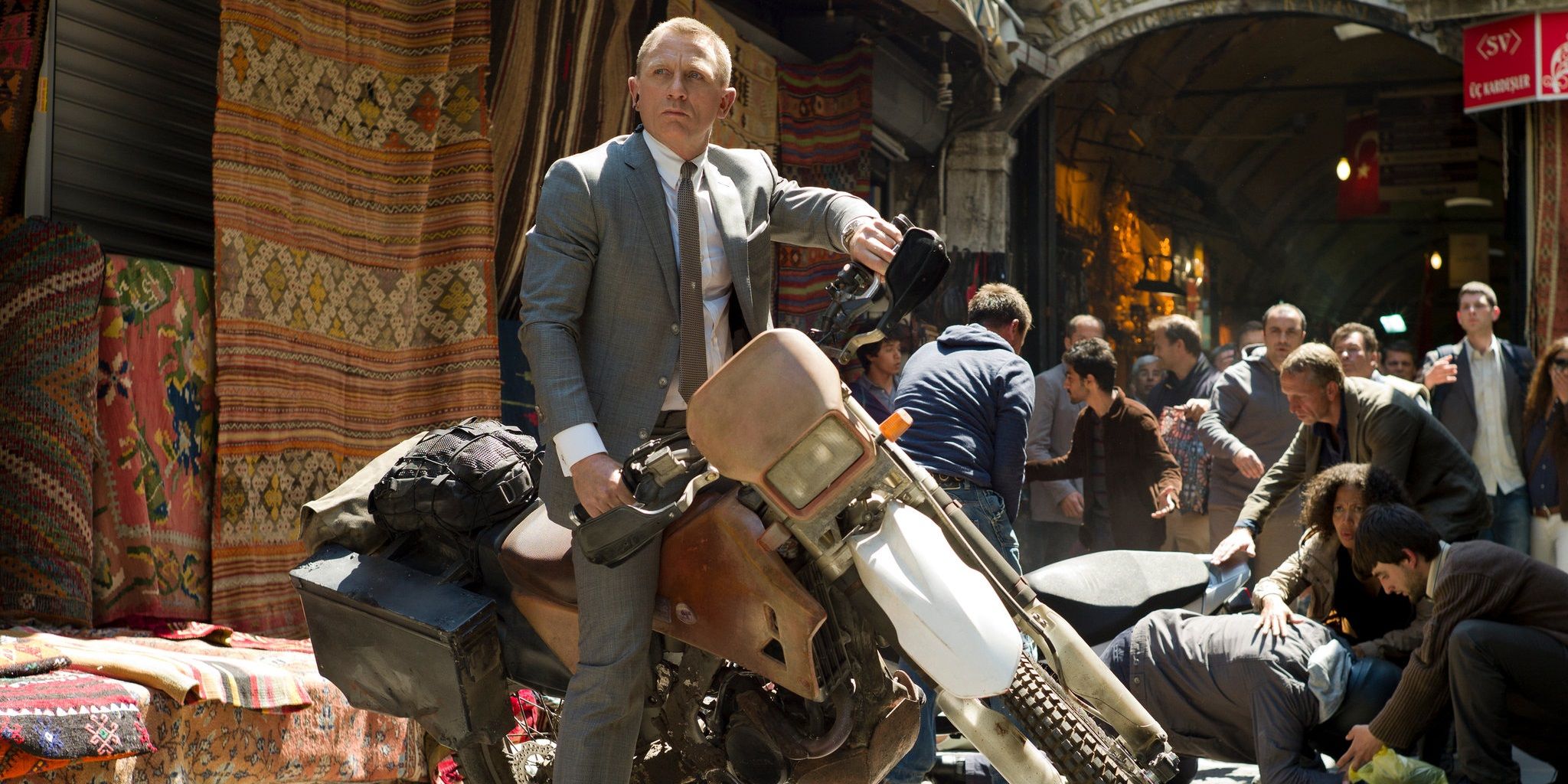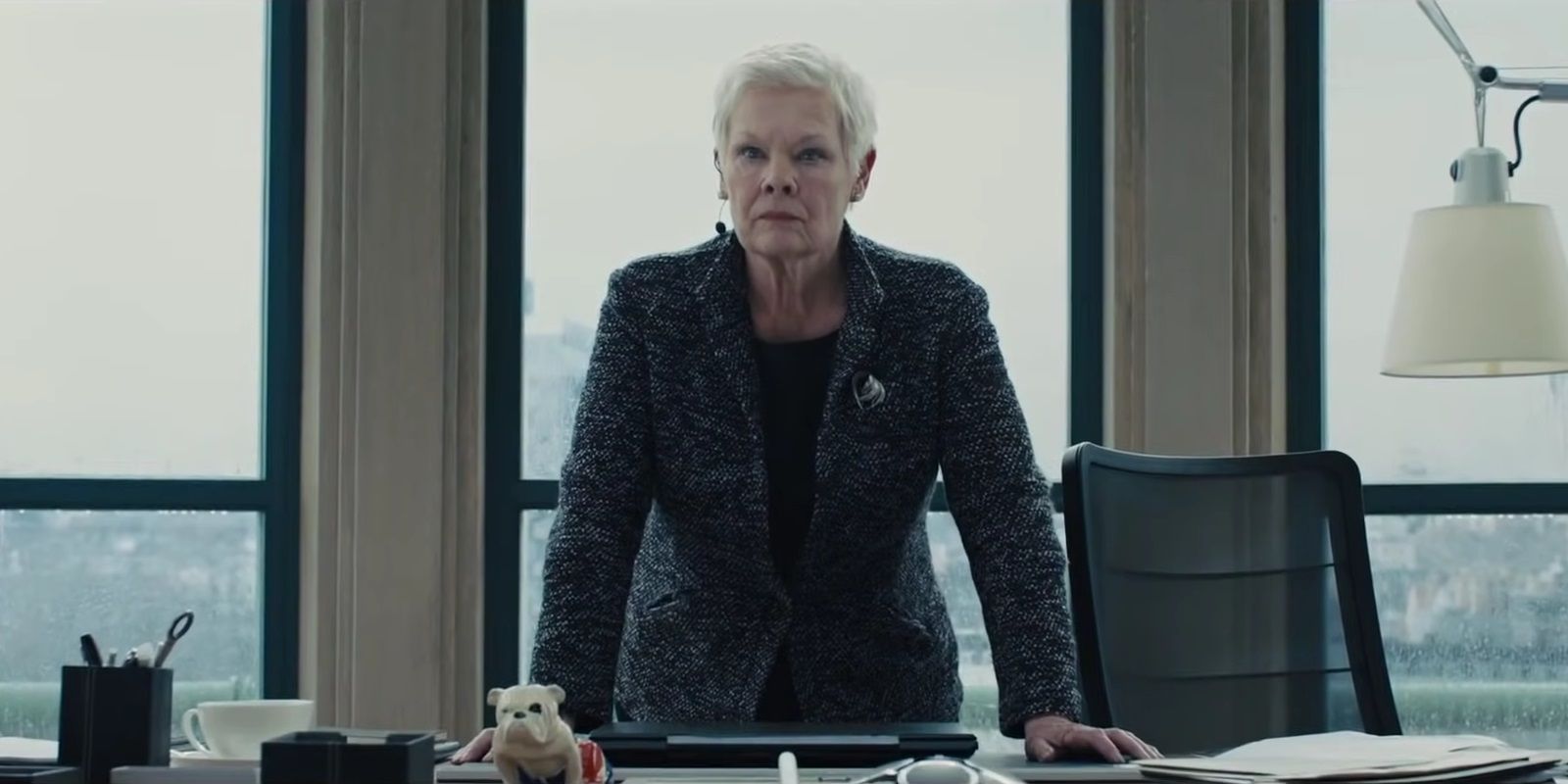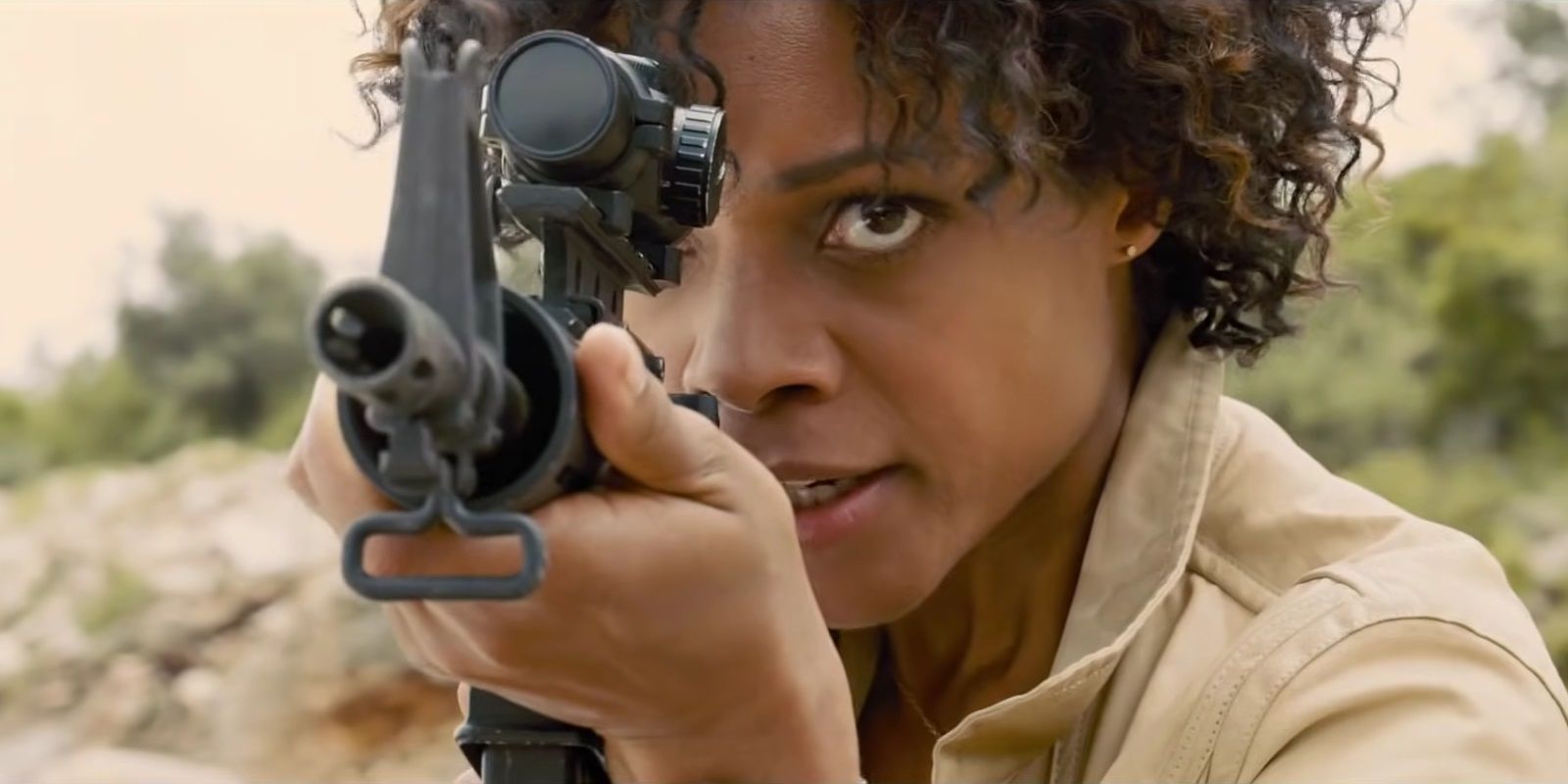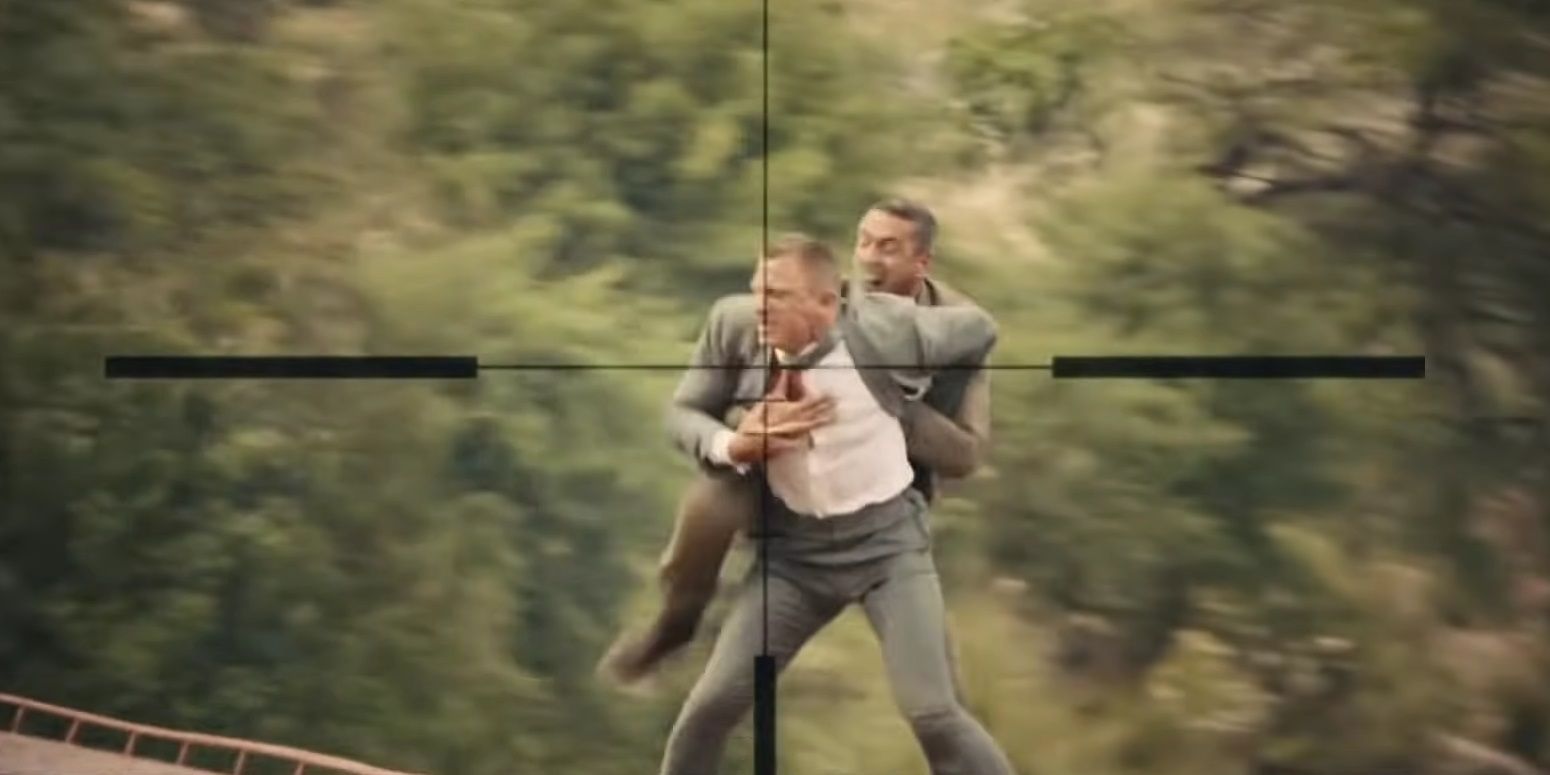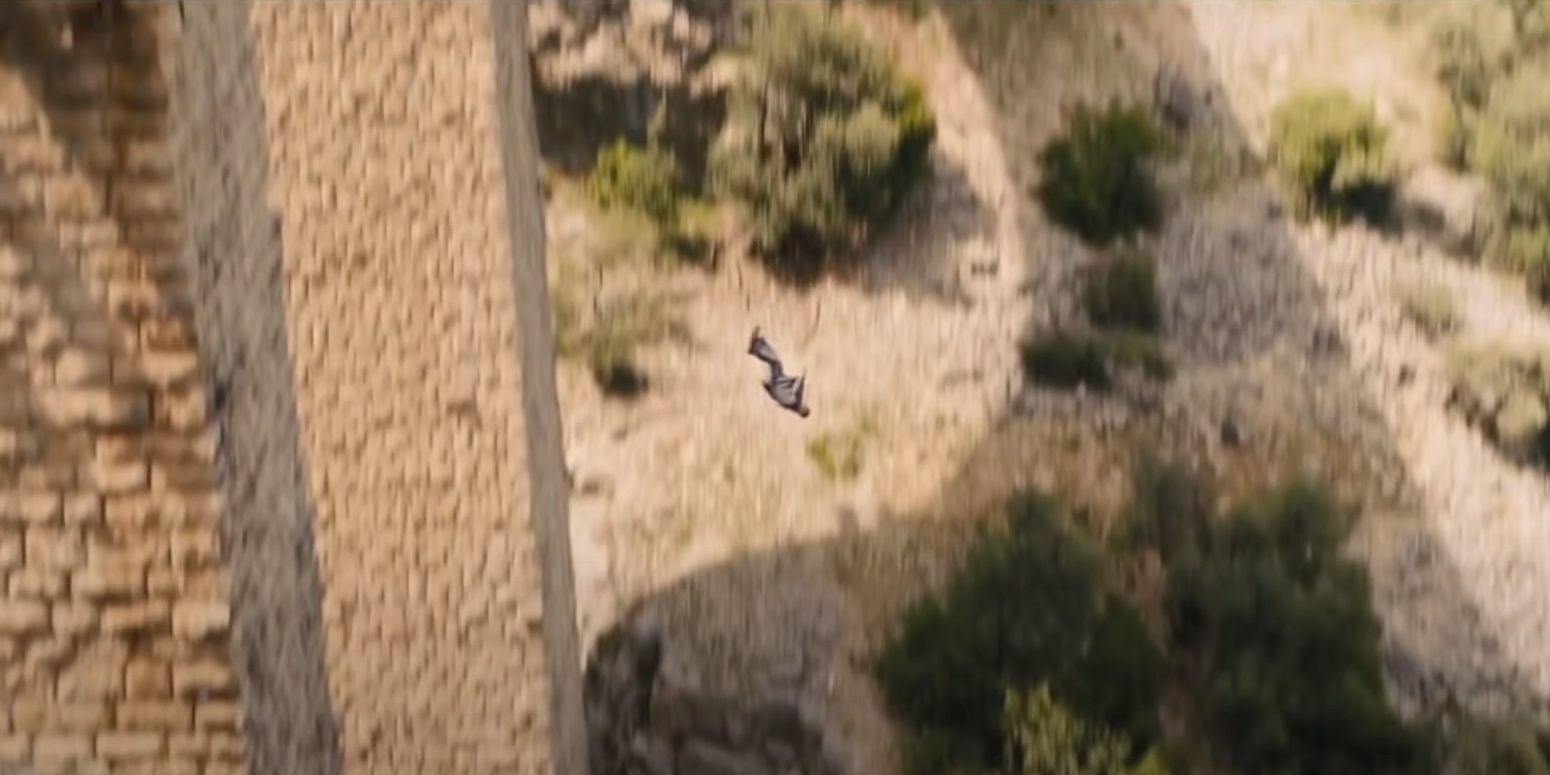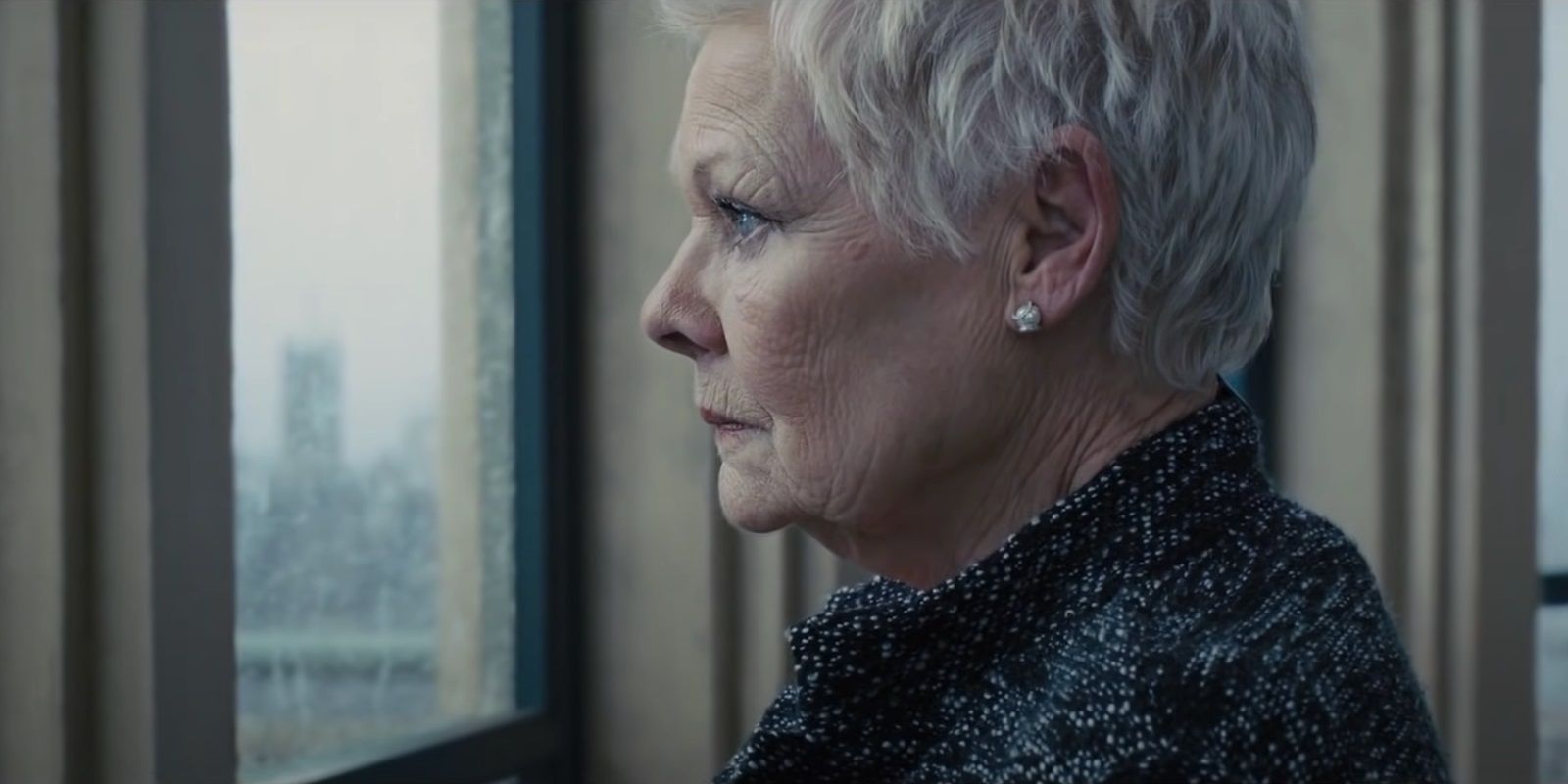There’s a lot of talk these days about the MCU’s formula, but Eon had a hugely successful franchise with a tried-and-true formula three decades before Marvel Studios even existed. Although the recent entries have broken the mold and introduced serialized story elements, the James Bond movies traditionally have a standalone episodic structure. Bond is given a mission, he meets a love interest along the way, and the whole thing culminates in a showdown at the megalomaniacal villain’s hidden lair.
Audiences know what they’re getting with a Bond movie. The story will be more or less the same as all the others, but it’ll offer two hours of pure escapism. A crucial part of the Bond structure is the pre-title sequence, or “cold open.” Each Bond movie opens with a mind-blowing action sequence that serves only to reintroduce audiences to 007’s globetrotting spy adventures.
These sequences re-immerse the audience in Bond’s high-stakes, action-packed world before diving into the plot. Thanks to these cold opens, viewers are settled into their seats full of adrenaline before M comes along with an exposition dump that sets up the main story.
Most Bond movie cold opens are standard action scenes completely disconnected from the main plot. Goldfinger opens with Sean Connery’s Bond blowing up a drug laboratory and shrugging it off. This set-piece defined the pre-title sequence as its own mini Bond movie before the main event, like the short films that accompany Pixar’s features. The Spy Who Loved Me opens with Roger Moore’s Bond being chased by skiers at the top of a mountain. The breathtaking Union Jack parachute jump established the Bond series’ cold opens as a showcase for the impressive work of the stunt team.
The Daniel Craig movies have broken the tradition of Bond’s opening scenes being detached from the main plot. In most cases, Craig’s movies wouldn’t make any sense without the opening scene. The opening of Casino Royale is Bond’s origin story, detailing how a young, inexperienced Bond earned a license to kill and a spot on the 00 roster. The opening of Quantum of Solace follows on directly from the end of Casino Royale, with 007 driving to Siena, Italy, with Mr. White in the trunk of his Aston Martin.
Craig’s fifth and final Bond outing, No Time to Die, opens with a whopping 20-minute sequence (by far the longest pre-title sequence in franchise history) that acts as both a prologue to the movie and a surprisingly satisfying direct sequel to Spectre. As Bond mistakenly believes that Madeleine has betrayed him, No Time to Die’s pre-title sequence leaves the post-Spectre plot elements open-ended when Billie Eilish’s Grammy-winning theme ushers in a five-year time jump into Bond’s retirement.
The best Bond movies deliver the goods, but also go above and beyond with a fresh twist on the familiar tropes and motifs. The opening sequence of Sam Mendes’ Skyfall, the midpoint of Craig’s tenure as 007, delivers the goods, but also stands out as unique. It has all the action that fans have come to expect – a rooftop motorcycle chase, cars flipping into bazaar stalls, brutal hand-to-hand combat on top of a moving train – but it’s a very different kind of Bond opening for a few reasons.
For starters, Bond loses. These sequences usually culminate in a heroic triumph for 007, like dropping Blofeld into a chimney in For Your Eyes Only or blowing up an assassin’s getaway hot air balloon in The World is Not Enough. But Skyfall opens with a bitter defeat caused by a grave mistake. Moneypenny, recharacterized as a field agent, aims a sniper rifle at the bad guy fighting Bond on the roof of a train. She takes the shot at M’s behest, but hits Bond, who falls from the train and plummets hundreds of feet into a river below.
This opening doesn’t connect to the main plot as directly as the opening of No Time to Die. Bond plunging to his death (in a manner of speaking) has more to do with his own personal arc in Skyfall than the external conflicts of the narrative. Of course he survives the fall, but he’s not his old self for a while. In this sense, the climactic action of the cold open serves to set up Bond’s psychology throughout the movie, not the actual plot.
But, using Bond’s PTSD-inducing near-death experience as a red herring, Mendes also uses the opening set-piece to subtly foreshadow the main conflict of the movie. From the get-go, the sequence consistently demonstrates that Judi Dench’s M values the mission over her agents’ lives. When Bond comes across a fatally wounded fellow agent named Ronson and takes a break from his pursuit of the bad guys to stop the bleeding, M tells him to abandon Ronson and keep moving. When Moneypenny is staring down the scope of her sniper rifle at the train and can’t get a clean shot of the enemy spy fighting Bond, M bluntly tells her to “take the bloody shot.”
M’s attitude throughout this sequence masterfully establishes the main conflict of Skyfall. The cyberterrorist-for-hire villain, Raoul Silva, turns out to be motivated by his desire for revenge against M. Like Ronson and Bond himself, Silva was an agent that M hung out to dry. She allowed him to be captured by the Chinese government and tortured for months on end. M’s callous behavior in the opening scene – and her role throughout the rest of the movie – blurs the line between good and bad and explores the dark side of MI6 (a major theme in the back end of the Craig era).
On the whole, despite the widespread contemporary acclaim, Skyfall doesn’t quite hold together as a Bond movie. Silva’s plan is needlessly complex, utilizing the same tired “getting caught was part of the plan” trope from The Dark Knight, The Avengers, Star Trek Into Darkness, The Dark Knight Rises, and Eon’s own Diamonds Are Forever.
And on top of that, the finale doesn’t really feel like a Bond finale. Instead of an underwater battle sequence like Thunderball or a laser fight in outer space like Moonraker, it’s a home invasion in the Scottish countryside. The first half of Skyfall takes audiences all over the world to exotic places like Istanbul and Macau before it hits a dead end when Bond goes to a desolate island that looks entirely computer-generated and the whole second half of the movie takes place in the UK.
But Craig embodies the role of 007 perfectly, Dench works wonders with a bigger spotlight than usual, and cinematographer Roger Deakins brings plenty of visual flair to action scenes like a fight silhouetted against a giant neon billboard and the misty climactic action bathed in orange light from the burning wreckage of Bond’s titular childhood home.

